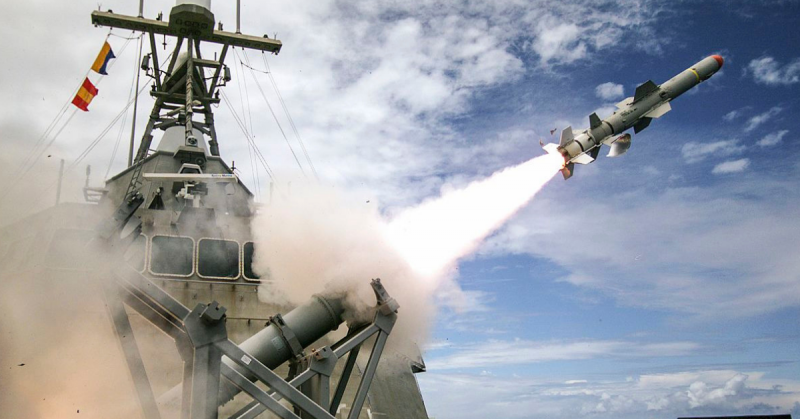The name Harpoon evokes whale hunting when one thinks about it, and for good reason, because this missile was originally designed in 1965 to hunt diesel submarines recharging their batteries while surfaced. The idea was for the missile to skim the surface of the sea and hit its target before the submarine had enough time to make an emergency dive.
However, most submarines at that time used a snorkel, which is a device that lets a sub charge its batteries while submerged, and as the years passed subs also began to have faster emergency dive capabilities, making the project’s success unlikely.
So the Harpoon was repurposed for the hunting of surface ships, and since its first deployment in 1977 its reliability has made it a mainstay in many naval fleets around the world. It was later adapted to be launched from combat airplanes and from submarines as well.
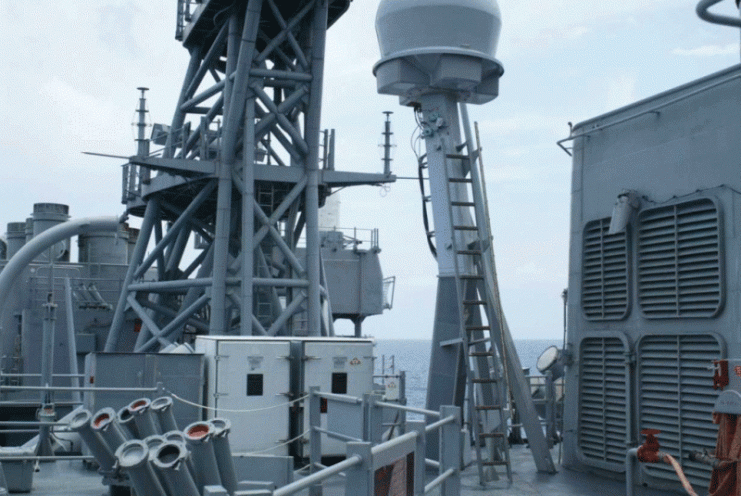
The original designer was the McDonnell Douglas company, but later it was acquired by the Boeing Integrated Defense Systems, and it has continued to be further developed since. It has been sold all around the world in great numbers to many American allies, such as India, Japan, Singapore, South Korea, Taiwan, The United Arab Emirates and most NATO countries.
The Harpoon uses active radar to guide itself towards its target. The first versions accelerated to roughly 385 mph, which is Mach 0.5, but the later versions could propel themselves up to 537 mph or Mach 0.7 and reach targets that are 58-196 miles away, depending on the variant.
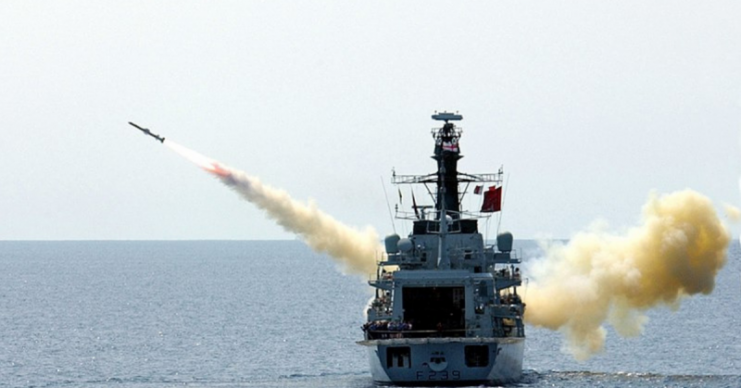
The versions are called “blocks” and each new block is a whole new model, or a major update, while a sub-block signals some minor changes. For example, Block 1A was the initial Harpoon model, while Block 1B and Block 1C made adjustments to the trajectory the missile takes when on the final approach to a target, called “terminal approach.” Block II, a total rework, is the newest Harpoon that has been developed, but we will talk about that one later.
Since Harpoons use active radar to home, that means the enemy can use electronic countermeasures to try to send it off course, but once it hits, its 494-pound high explosive warhead can penetrate most armored targets.
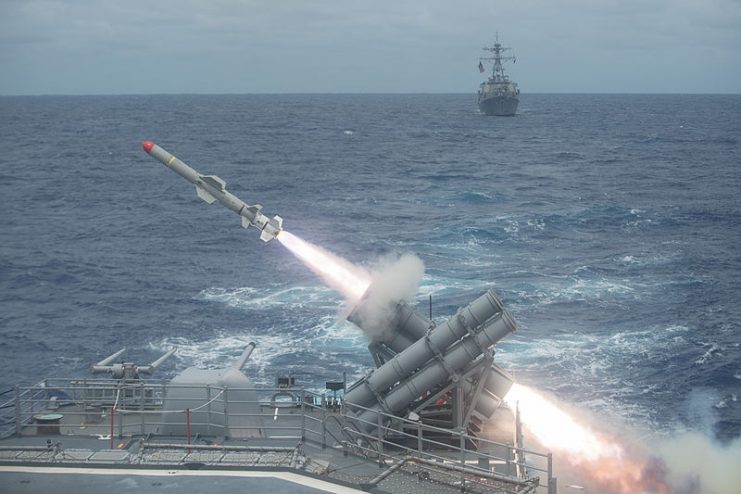
The Block 1A Harpoon used a pop-up mode, meaning that when it made its terminal approach on a target, the missile rose to 5,900ft (1,800m) before diving straight on it. This was intended to both avoid the thicker armor around the belt of the ship and to provide more maneuvering room for the missile when hunting more agile targets like destroyers which can change course very sharply.
This pop-up was later eliminated with the Block 1D Harpoon so that a missile could have reusability. It made its final approach skimming the sea, and if it missed, it would be able to turn around and make a second pass. In yet later versions, the pop-up was made optional and programmable, so that a variety of “terminal approach patterns” could be used.
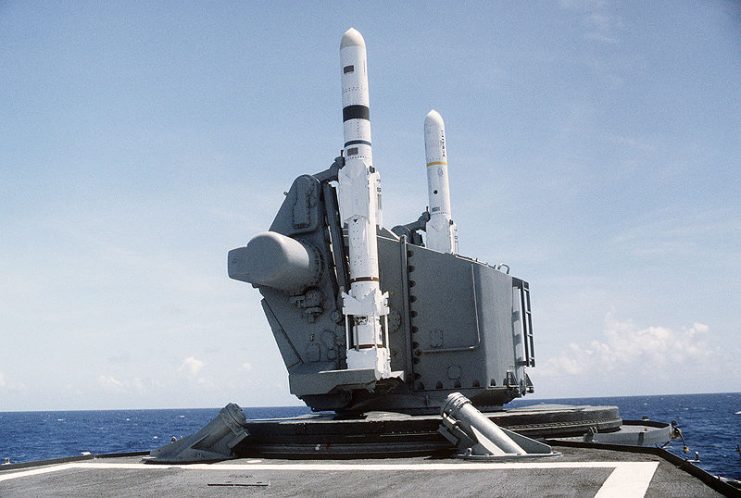
The Harpoon was modified to be able to attack ground targets as well. This modification is called Standoff Land Attack Missile, or SLAM, and the Block 1G is a lightweight version of it, designed to be launched from ships too small to carry bigger launchers. This particular version can be remotely controlled while in flight, and also has a targeting computer that makes it truly “fire and forget.” It can also automatically calculate and evade the shoreline.
Block 1H is a bigger, longer range version, called SLAM-ER. It has a titanium warhead for greater penetration and fins for better control. This Harpoon can hit targets very far away from its parent launcher, up to 174 miles, and in addition to radar it also uses a GPS to guide itself, switching to infrared guidance on the terminal apprach. This one has better accuracy over all the previous models and can target fast moving trucks with a margin of error of only 10 feet.
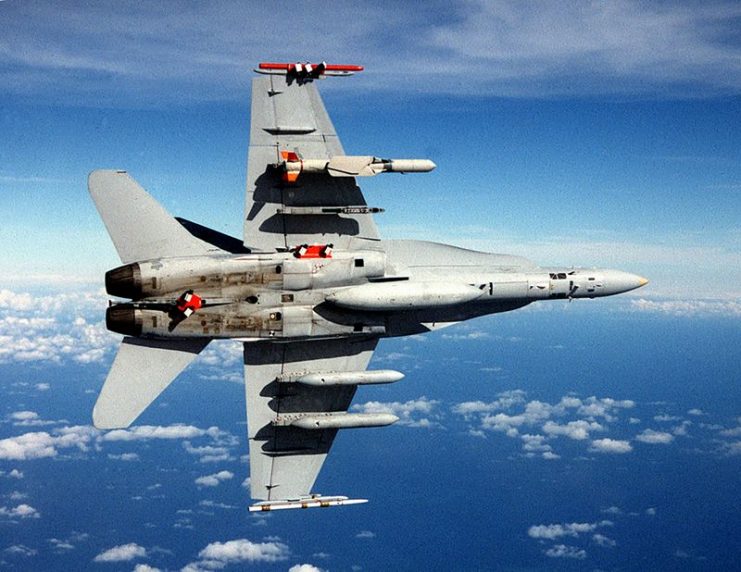
Recently, Pakistan conducted a suspicious missile test, which led the Unites States to believe that Pakistan had illegally modified the Block 1A Harpoon shipment they bought from the U.S. to enable them to strike at ground targets. These were missiles that had been acquired during the Reagan administration, to defend themselves in the Cold War.
A diplomatic protest followed the recent missile test, because it was believed that the missiles could be used to strike at the adversary country of India. Basically, Pakistan made a SLAM version of their own.
Block II, the new generation of Harpoons, have a guidance system advanced enough to skim over river courses, and can be guided by a nearby helicopter to hit targets under cover of trees or concealed in other ways. All Block II variants have the same capability as the SLAM to attack ground targets.
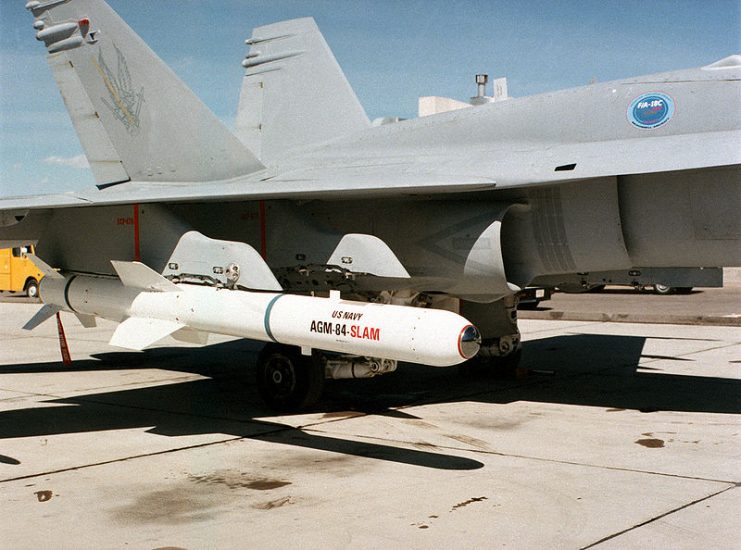
Since the first Block II Harpoon batch was delivered to the Danish Navy in the year 2002, it has undergone several internal modifications, mainly to the navigation system and to the Anti Spoofing module, which makes it very hard to throw the missile off course by electronic countermeasures.
The Block II+ER is a lot lighter and smaller than the SLAM-ER, but it has a more lethal warhead, higher speed, and can also be fired from aircraft and even trucks. It has upgraded target discrimination, meaning it can automatically distinguish, for example, fast moving river boats against the shoreline at night and in bad weather. It has an abort option for delicate missions with complex rules of engagement. Optimizations are being made for extending its range up to more than 124 miles, putting it on par with the bigger Block 1H.
Read another story from us: The Exocet Anti-Ship Missile – A Game Changer
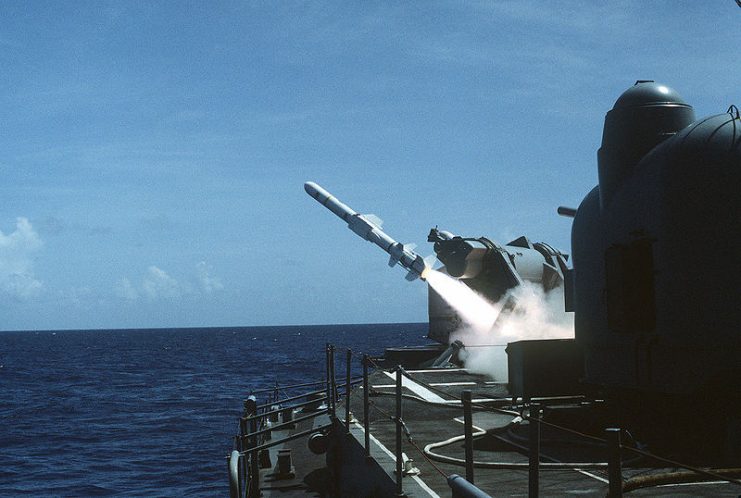
The Harpoon missiles might not be as fast as other anti-ship missiles, but they are reliable, precise, and hard to jam, and considering they have already been in service for over 40 years, it is safe to say they are not going away anytime soon.
